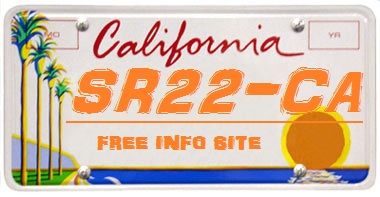It was Aaron Mankin’s first chance at combat in Iraq. As a part of Operation Matador, he was going door-to-door looking for traces of weapons or explosives in an effort to sweep the insurgency towards the Syrian border. On May 11, 2005, the seventh day of the mission, Mankin and 16 other marines riding inside a 26-ton track vehicle drove over a roadside bomb. “It threw us 10 feet in the air,” he said. “Seconds later, I realized I was on fire. I dove out of the back of the vehicle and dropped and rolled and rolled — so much so that I exhausted myself and just lay there burning. Thoughts of my family and friends went through my head as I laid there, waiting to die.” 6 of Mankin’s fellow marines were killed instantly by the roadside bomb. Everyone else in the vehicle was burned or otherwise wounded. Within 48 hours, Mankin had been transported to Brooke Army Medical Center in San Antonio, Texas, and was surrounded by family and friends. “I had second and third-degree burns on both arms from my finger tips to shoulder blades. Every feature on my face was burned away,” he said. “Ears gone. Nose gone. My mouth detracted so far back that my mother had to feed me through a funnel for weeks … I wasn’t ready to look at myself for weeks. I would hold my arm up in front of my face so I could only see my eyes.” But after nearly 40 life-saving surgeries in San Antonio, Mankin was grateful to be alive and began to resign himself to looking the way that he did. And yet, he felt like he had “more to do, more to give back” — so he began speaking out about his experience. In November 2006, philanthropist Ron Katz, a board member at Ronald Reagan UCLA Medical Center, and his late wife saw Mankin on CNN. “Aaron’s face was extraordinarily devastated; it was in shambles,” Katz recalled. “From all of that, which would be catastrophic to most people, there was this immense wonderful personality. He told CNN that he had gone through dozens of surgeries. When asked what he was going to do next, Aaron, with his facial skin to the bone, looked up and said, ‘I have to fix the beautiful part!’” Katz called it a “fortuitous” moment. Inspired by Mankin, Katz began to lay the groundwork for Operation Mend, a partnership program that flies patients from all over the country to the Ronald Reagan UCLA Medical Center to undergo face and hand reconstructive surgeries. “My wife and I soon realized that there were dozens of Aarons out there,” Katz said. “These men and women deserve not only the best that the Defense sector has to offer; they deserve the best that the private sector has to offer as well.” As it happened, Mankin became Operation Mend’s first patient. In September 2007, he flew to Los Angeles to begin a series of 20 facial reconstructive surgeries at UCLA. “They took the cartilage from what was left of my ears and put it onto my forehead. It looked like I had horns for several months,” Mankin said. “The cartilage became a ‘flap,’ which they peeled off, twisted over and folded down onto where my nose was supposed to be. Those horns became my nostrils. For several weeks, when I touched my new nose, I felt my forehead. Around my mouth, countless scar release procedures allowed me to have an adequate smile and eat a burger again.” Mankin also opted for prosthetic ears. “In the morning, I glue them on and, at night, I take them off,” he said. “Like contacts!” Mankin said that his new face has enabled him to be himself in public and regain a sense of who he was before his injuries occurred. Of the more than 50 other service members who have since undergone Operation Mend surgeries, he said, “Just look at their pictures and focus on the eyes. You can see a rejuvenated spirit behind those eyes.” A full-time single dad in San Antonio, Mankin lives with his 4-year-old daughter Maddie and 3-year-old son Hunter. Operation Mend “has shown my kids that Americans want to help,” he said. Mankin has another Operation Mend surgery scheduled for late November and anticipates it will be one of his last. “I guess I would say the marines, medical community, doctors and nurses saved my life,” he said. “My family kept me alive. And Operation Mend gave me a life worth living.” Operation Mend is entirely funded by private contributions; click here to donate. Katz told HuffPost that he strongly encourages any young men or women who are interested to contact the partnership. All photos courtesy of Operation Mend . The rest is here: ‘A Life Worth Living’: UCLA Gives Severely Burned Soldiers New Faces
The rest is here:
‘A Life Worth Living’: UCLA Gives Severely Burned Soldiers New Faces



